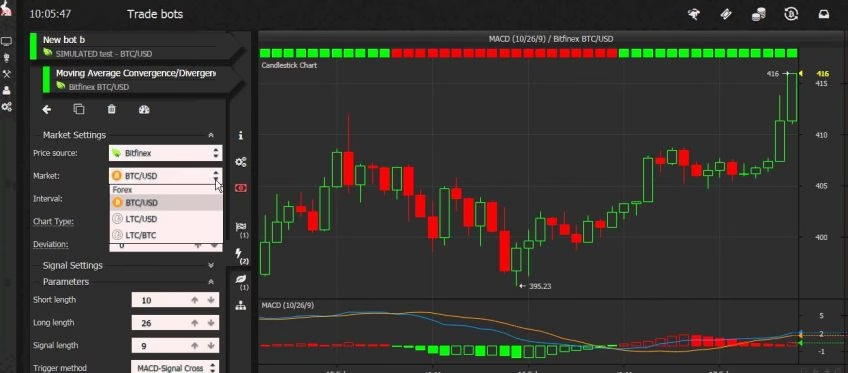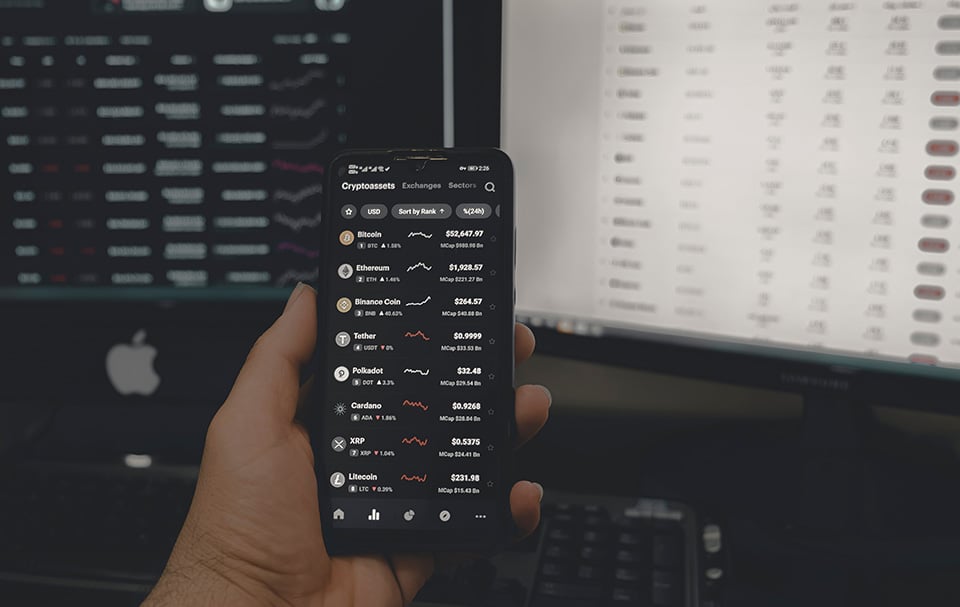Best News For Selecting Forex Software
Wiki Article
What Is The Distinction Between Fundamental And Technical Traders Within Automated Trading Systems?
Fundamental traders and technical traders are two distinct groups of traders who approach the markets in different ways. When it comes to automated trading systems, fundamental traders and technical traders may also differ in their use of technology and analysis of data. To inform their trading decisions, the fundamental traders analyze financial and economic information such as earnings of corporations and interest rates. Fundamental traders believe that fundamental factors drive market movements. Understanding the driving forces is crucial to make informed trading decisions. Technical traders On the other hand, focus on charts patterns and technical indicators to help them make their decisions about trading. They believe that previous market trends and patterns can provide insight into future market shifts, and that technical analysis is a better approach to trading than fundamental analysis. In the case of trading software that is automated, investors who are fundamental may be more likely to utilize algorithms that incorporate fundamental data and analysis into their decision-making processes. Technical traders, on the other hand are more likely to utilize algorithms that include charts and technical indicators into their decision-making processes. In conclusion, fundamental traders and technical traders have different approaches to markets as well as their usage of data and analysis in their trading decision-making. These differences can also affect the types of automated trading platforms they employ. Fundamental traders will utilize systems that combine fundamental data and analysis more frequently than technical traders and technical traders use systems that combine technical analysis more frequently. Take a look at the top trading algorithms for site advice including backtesting software forex, best trading platform, backtester, backtesting trading strategies free, trading indicators, are crypto trading bots profitable, cryptocurrency trading, auto crypto trading bot, backtesting, trading algorithms and more.

Automated Trading Systems - Simple Moving Averages And Exponential
Exponential Moving Averages or SMAs (also called Simple Moving Averages) and Simple Moving Averages(SMA) are commonly used as technical indicators that are used in automated trading platforms. They are calculated by adding up closing prices of a currency pair over a certain period of time and dividing the result by the amount. For instance, to calculate the 50-day SMA one would add up the closing price of a currency pair for the past 50 days. Next, divide the result 50 times.
The Exponential moving average (EMA) that is like SMA, gives more weight to current prices when calculating. The EMA can be calculated by taking the weighted mean of prices that have closed. Prices that are older are considered to be more important over those with the most recent price. The EMA is able to react faster than the SMA to changes in market conditions.
Moving averages are often employed in trading software that automates trades to identify trends and provide buy/sell signals. A common strategy is to buy when the market crosses the moving average and sell when it is it below. Trends can also confirmed by moving averages. A rising average indicates an uptrend and an average that falls indicates an upward trend.
EMA and SMA are common technical indicators that are used by automated trade systems. They are used in conjunction to verify and confirm trends, detect signals for buy or sell, or generate buy/sell signal. The needs and objectives of each trader will determine which indicator is chosen. SMA is more stable and reliable, whereas EMA is more receptive to changes in the market. View the top rated backtesting trading strategies free for website advice including best indicators for crypto trading, indicators for day trading, best crypto trading platform, crypto trading bot, trading platform cryptocurrency, crypto backtesting, automated trading systems, crypto strategies, crypto trading backtesting, backtesting strategies and more.

What Is Bollinger Bands?? Automated Trading Systems?
Bollinger Bands can be used as a technical indicator within automated trading systems. They are composed of three lines that include a simple moving average (SMA), and two outer bands. The outer bands are plotted at the specified amount of standard deviations apart from the SMA. The volatility of the assets is the basis for the standard deviations needed to determine the ranges of the outer bands. Bollinger Bands are utilized in automated trading systems to monitor the possibility of market fluctuations. A possible trend reversal or increase in volatility could be detected by a price fluctuation that is outside the outer bands. In contrast, if prices remain within outside bands, it might suggest that the market is consolidating and an upcoming trend change is less likely. Bollinger Bands may also be used in conjunction with momentum oscillators and other indicators that provide buy/sell signals. It is normal to purchase when the Bollinger Bar crosses the lower Bollinger and sell once the Bollinger Bar crosses the upper Bollinger Band. Bollinger Bands are an essential technical indicator in automated trading systems. They can be used to identify the changes in market conditions and provide buy and sell signals. The decision on whether or not to employ Bollinger Bands will depend on the needs and objectives of the trader, and on their individual trading style and approach to market. Have a look at the best automated trading for website advice including best crypto trading bot, cryptocurrency backtesting platform, best free crypto trading bot, crypto strategies, crypto futures, cryptocurrency trading bot, psychology of trading, crypto backtesting platform, divergence trading forex, best indicators for crypto trading and more.

What Exactly Is Adx? And How Does It Have To Do With Obv (On Balance Volume) And Regression?
The Average Directional Index (ADX) is a common indicator used in technical analysis to determine the degree of strength of a trend in a financial market. It is used to measure the strength and direction of the trend. It is calculated using the difference between two exponentially moving averages (EMAs) that are of the low or high price of an asset. ADX is often used alongside other indicators within automated trading systems such as +DI (or -DI) to create sell or buy signals. On-Balance Volume, on other hand is an indicator of momentum that utilizes fluctuation in volume to measure the strength an underlying trend. Both ADX and OBV can be utilized in automated trading systems to create signals for exit and entry positions. They can be used to gauge market activity in various ways and provide additional information. For instance, ADX measures the strength of a trend. OBV evaluates selling and buying pressures by keeping track of the total volume of both buying and selling. Regression is a method of statistical analysis that analyzes the relationship between dependent variables and independent variables. Regression analysis is used in trading to examine the relationship of two or more variables such as prices and volume. Also, it can be used to detect patterns in data and help make better trade-making choices. The specific style of trading and method will determine the tools they utilize.